AcidiFluor ORANGE is a lysosome-staining fluorescence probe, made of fluorophore which fluorescence greatly increases in acidic environment fused with lysosome-localizing chemical structure. Users can easily image acidic lysosomes of living cells just by adding this reagent to the extracellular fluid. Its bright and photostable fluorescence enables timelapse imagings for a longer time spans.
Available through Merck KGaA (Darmstadt, Germany ) as:
SCT 019 BioTracker™ 560 Orange Lysosome Dye
![]()


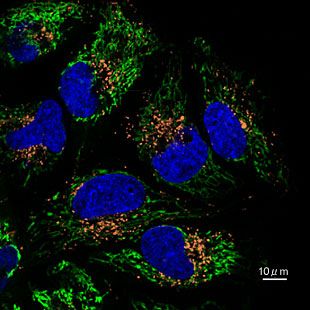


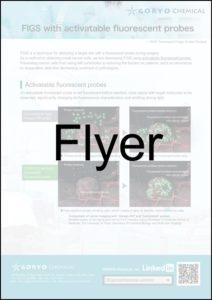
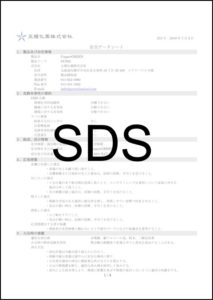
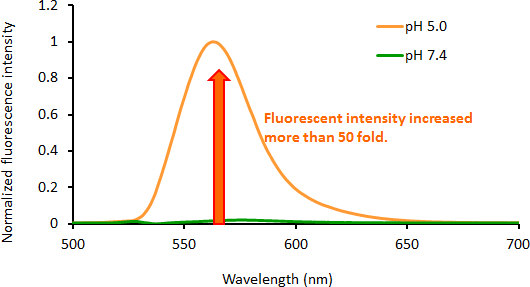
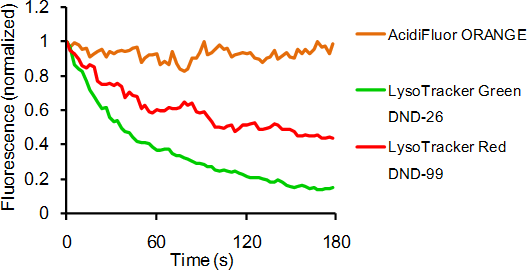
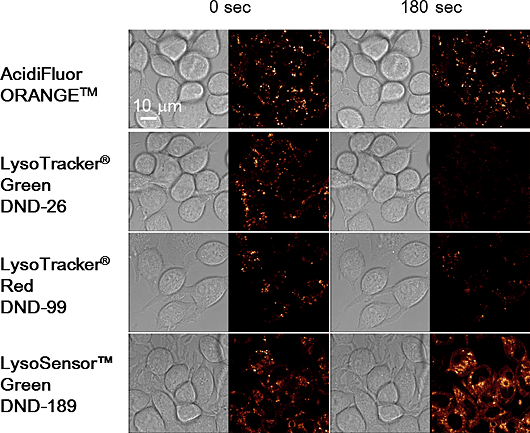

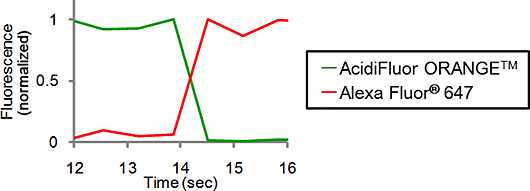
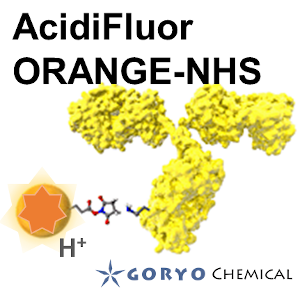
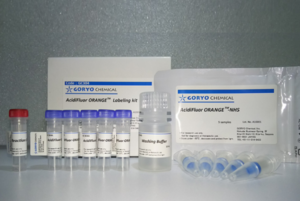
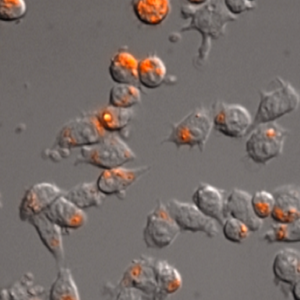
 Contact Us
Contact Us
